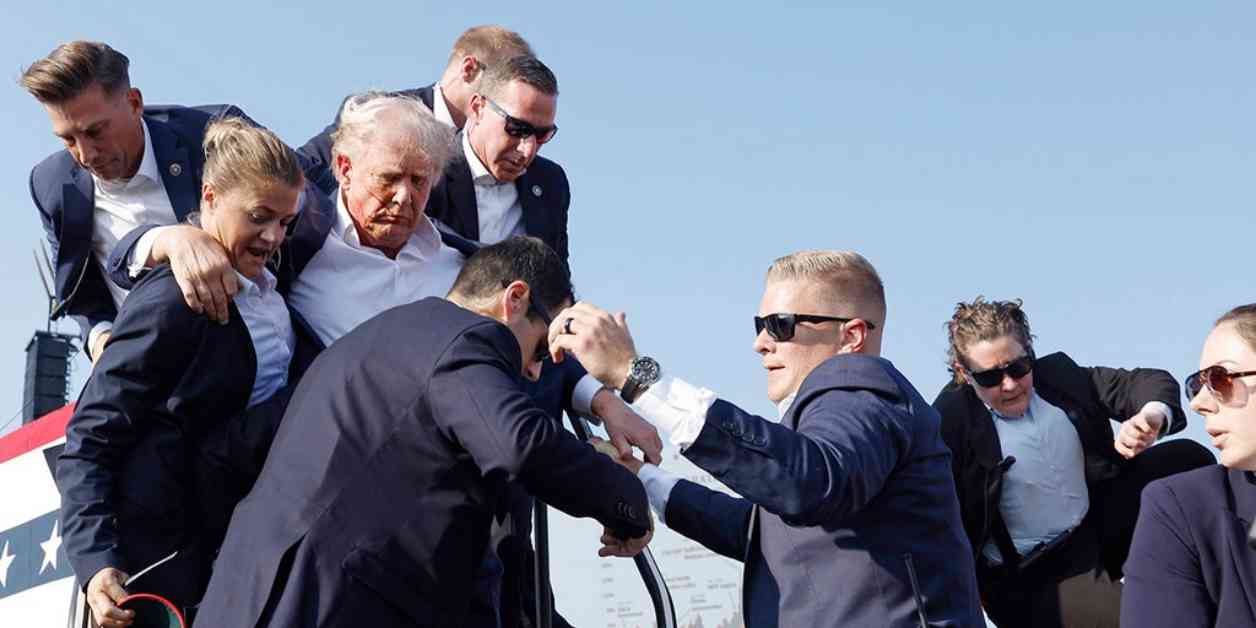Former President Donald Trump’s campaign team and U.S. Secret Service detail have expressed concerns about not being informed by local police about a suspicious person before an attempted assassination at a rally in Pennsylvania. Gunman Thomas Matthew Crooks, 20, shot at the rally in Butler, Pennsylvania, killing one person and injuring two others, in addition to injuring Trump. The Pennsylvania State Police stated that local countersnipers had observed Crooks acting suspiciously, took his photo, and sent it to the command center before the shooting.
Members of the Secret Service detail protecting Trump raised issues about not being notified about Crooks being tracked and losing sight of him. The first warning to Trump’s detail was when Crooks began shooting at 6:11 p.m., minutes after Trump started speaking. Some advisers believed the sound was fireworks and didn’t take cover immediately. Trump expressed his disappointment at not being informed of the situation to make decisions about delaying his speech.
There have been tensions between Trump’s team and top Secret Service officials over security measures. The former president’s team has requested additional security measures like magnetometers and countersnipers, but those requests were denied. Questions have been raised about the lack of communication that allowed Crooks to shoot at Trump.
Reports of suspicious individuals are common at public events, and not all reports pose a threat. The Secret Service did not act immediately on the report due to the frequency of such incidents. Trump’s team may have adjusted their security decisions if they were informed about the suspicious person outside the rally perimeter.
The incident highlights the importance of effective communication between law enforcement and security teams at public events. Members of Congress have raised concerns about how poor communication could have led to the assassination attempt on Trump. The Secret Service and Trump’s team have been at odds over security arrangements and logistics at events, including the Republican National Convention.
In conclusion, the lack of alert regarding the suspicious person before the assassination attempt on Trump raises questions about security protocols and communication between law enforcement and security teams. Improved coordination and timely information sharing are crucial to preventing such incidents in the future.



